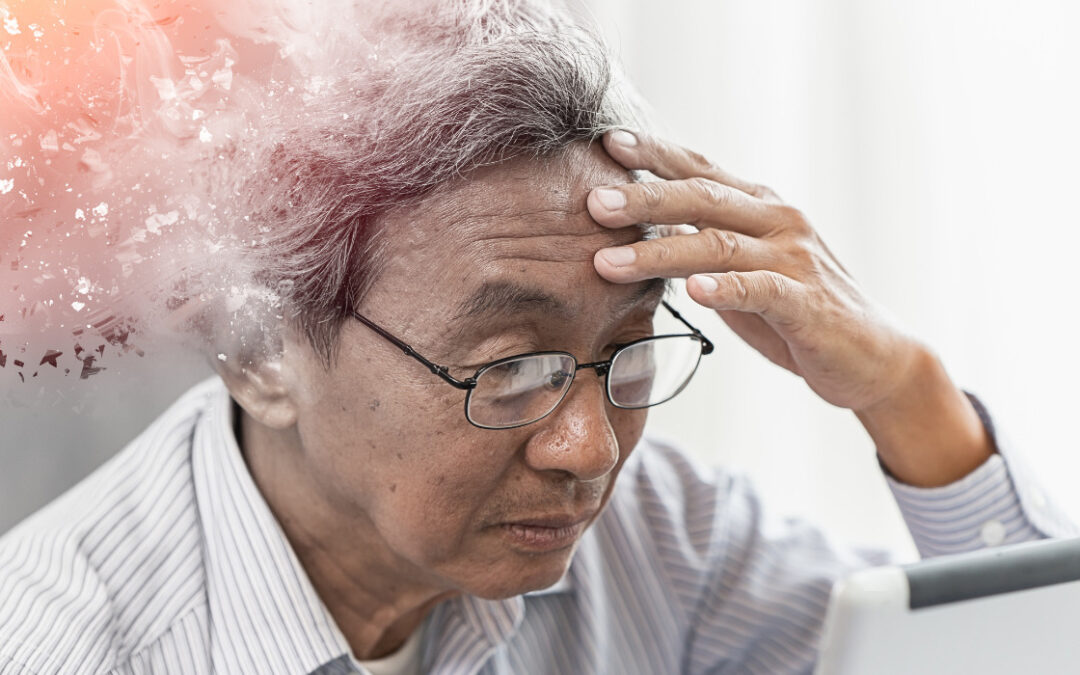Hey there, health heroes! Today, we’re diving into the complex world of brain strokes – those silent adversaries that can impact anyone. We’ll take a friendly stroll through the types, causes, symptoms, prevention tricks, and superhero-like treatment options for tackling brain strokes head-on. So, grab your capes, and let’s embark on this enlightening journey together!
Types of Brain Strokes
Ischemic Stroke
What’s Happening: Imagine a traffic jam in your brain highways caused by a blood clot.
Why it Happens: Blame it on the naughty clots or clogs in your blood vessels.
Superhero Signals: Sudden numbness, confusion, or trouble talking.
Hemorrhagic Stroke
What’s Happening: Picture a leaky pipe in your brain – not a fun sight!
Why it Happens: High blood pressure or unexpected vessel explosions.
Superhero Signals: A pounding headache, nausea, and sometimes, the lights go out.
Transient Ischemic Attack (TIA)
What’s Happening: Think of it as a mini-stroke, a teaser trailer for a potential blockbuster.
Why it Happens: Similar to the reasons behind the big strokes.
Superhero Signals: Quick episodes of weakness or confusion that vanish in a snap.
Causes of Brain Strokes

Hypertension (High Blood Pressure)
Villain: Sneaky high blood pressure.
Avoidance Strategy: Keep an eye on that blood pressure, folks!
Atherosclerosis
Villain: Plaque buildup in your arteries.
Avoidance Strategy: Eat clean, exercise, and keep those arteries squeaky clean.
Heart Conditions
Villain: Heart troubles causing pesky blood clots.
Avoidance Strategy: Show your heart some love and get those check-ups.
Smoking and Tobacco Use
Villain: The smoking menace.
Avoidance Strategy: Kick the habit and breathe freely.
Diabetes
Villain: Blood sugar mischief.
Avoidance Strategy: Wrangle that sugar, and keep diabetes in check.
Symptoms of Brain Strokes

Sudden Numbness or Weakness
Red Alert: One side of your body feeling like a sleepy robot.
Confusion
Warning Sign: Suddenly speaking a language only you understand.
Trouble Walking
Watch Out: Struggling with coordination and balance.
Severe Headache
Emergency Mode: A headache that feels like a rock concert in your head.
Prevention Strategies
Maintain a Healthy Lifestyle
Healthy Habits: Exercise, eat your veggies, and keep that weight in check.
Control Hypertension
Pressure Check: Regularly monitor and manage your blood pressure.
Quit Smoking
Smoke Signals: Time to say goodbye to that puffing dragon.
Manage Diabetes
Sugar Patrol: Keep an eye on those sugar levels like a superhero on patrol.
Regular Health Check-ups
Superhero Check: Regular visits to your healthcare hero can save the day!
Treatment Options
Clot-Busting Medications
Heroic Move: Medications that dissolve those villainous clots.
Surgery
Surgical Heroes: Interventions to fix abnormalities and remove clots.
Rehabilitation
Superhero Training: Therapy to get you back on your feet and fighting fit.
Conclusion
So, there you have it, health heroes – your guide to understanding and battling brain strokes. By staying vigilant, adopting healthy habits, and knowing the signs, you’re arming yourself to be a true superhero in the fight against strokes. Remember, your health is the ultimate superpower, and with this knowledge, you’re all set to be the hero of your own story! Stay healthy, stay vigilant, and may the force be with you!
FAQs about Brain Strokes
What exactly is a brain stroke?
A brain stroke, or cerebrovascular accident, occurs when there is a disruption in the blood supply to the brain. This disruption can either be due to a blockage in the blood vessels (ischemic stroke) or a rupture of a blood vessel (hemorrhagic stroke).
Are all strokes the same?
No, there are different types of strokes. The two primary types are ischemic strokes, caused by a blockage, and hemorrhagic strokes, caused by a blood vessel rupture. There’s also a transient ischemic attack (TIA), often referred to as a “mini-stroke.”
What are the common symptoms of a stroke?
Symptoms can vary, but common signs include sudden numbness or weakness on one side of the body, confusion, trouble speaking or understanding, trouble walking, severe headache, and in some cases, loss of consciousness.
What causes brain strokes?
Various factors contribute to strokes, including high blood pressure, atherosclerosis (plaque buildup in arteries), heart conditions, smoking, diabetes, and more. Identifying and managing these risk factors is crucial for prevention.
Can strokes be prevented?
Yes, many strokes can be prevented through lifestyle changes and proactive health management. Maintaining a healthy lifestyle, controlling blood pressure, quitting smoking, managing diabetes, and regular health check-ups can significantly reduce the risk.
How are strokes diagnosed?
Diagnostic tools include imaging tests like CT scans or MRIs, blood tests, and monitoring vital signs. The specific tests depend on the suspected type of stroke and the symptoms presented.
What is the treatment for a stroke?
Treatment varies based on the type of stroke. For ischemic strokes, clot-busting medications may be administered, while surgical interventions may be necessary for hemorrhagic strokes. Rehabilitation, including physical and occupational therapy, is often part of the recovery process.

